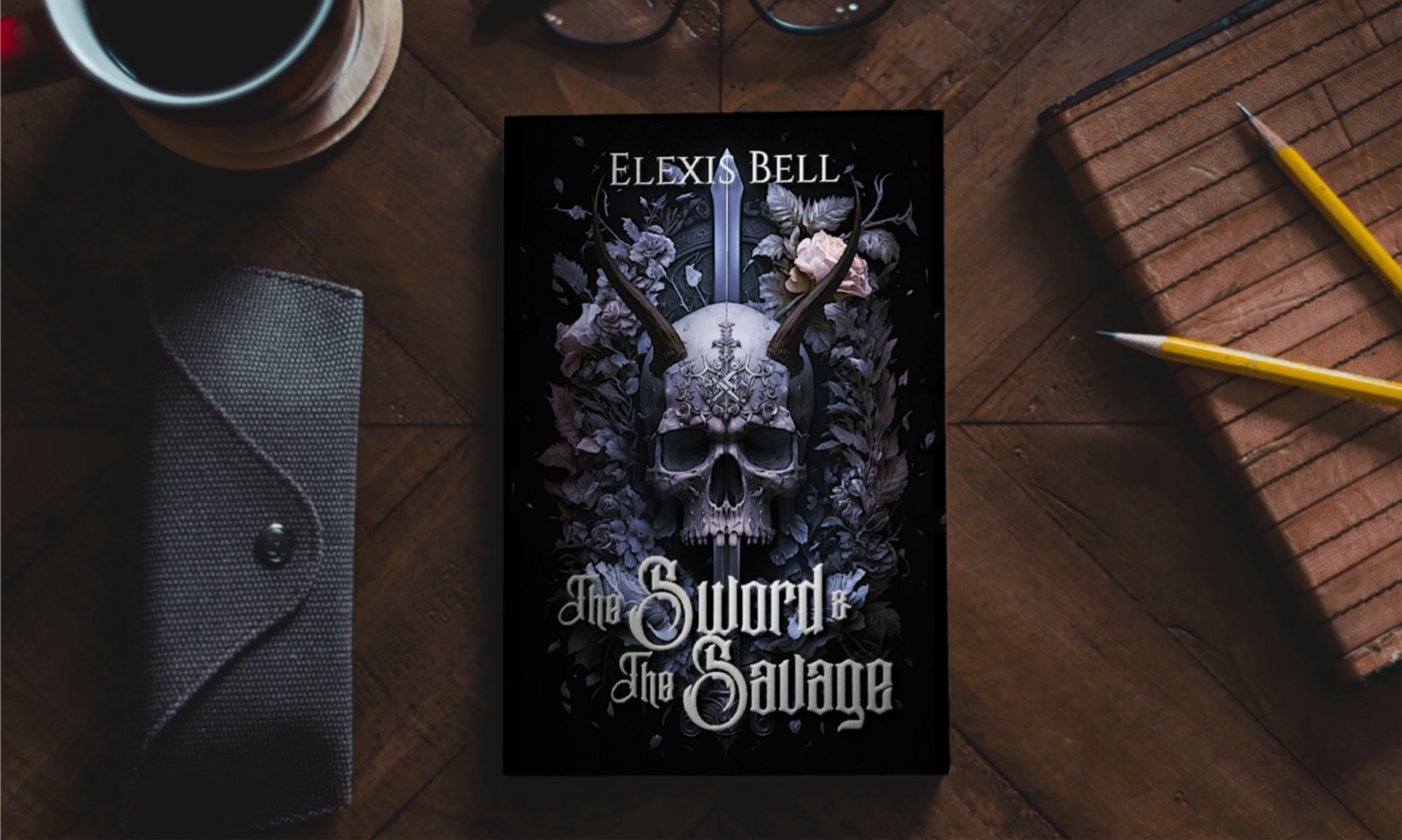Last week, we covered the pros of plotting and the cons of pantsing a novel. And I’ll be honest, it hurt a little to be so negative about my own writing method. But this is going to make up for it.
This week, I get to sing the praises of writing like a pantser (aka a discovery writer).
So, let’s dive in.
1. The story progresses at the exact pace it needs to.
If you write an outline and then start writing, strictly adhering to the outline, things may not happen when the characters and plot would actually get to them.
You may have a moment where a character figures something out that’s meant to be a eureka moment, but your reader figured it out seven chapters ago and has been wondering why the MC is so blind. Or you might have your character piece things together too quickly, completely blindsiding your reader.
As a pantser, revelations and developments come about naturally, thus evolving at the exact moment the story needs them to happen.
2. Characters can develop at the exact pace they need to.
Following an outline too closely can rush or drag out character development, just as much as it can hinder or expedite plot lines, leaving readers wondering why a character changed so quickly or why they seemed to stagnate for half the book.
As a pantser, the characters grow and change naturally, coping with the events of the story as they happen or driving the plot forward with their developments.
3. Authentic, realistic characters
Now, this is not to say that plotters can’t write realistic characters. They 100% can. It just takes more work ahead of time. By this, I mean character bibles or personality tests taken as the character or extensive mood boards or notes galore.
But when writing, it isn’t uncommon for pantsers to let the characters take the reins.
Which means those characters have to be whole people in the author’s mind in order to make these decisions and act/react in ways that line up with their personalities. They’re just there, like old friends whispering secrets and showing us the way.
4. The story can be changed as it needs to.
Sometimes, as you write, you realize that something just doesn’t work. Maybe you learn something new that reveals a piece of your book to be incorrect or implausible to such a degree that it might ruin the immersion.
Pantsers are accustomed to changing the story as is necessary to ensure plausibility, continuity, and entertainment.
In a situation like this, plotters who choose to stick too closely to their outline could endanger the viability of their story by refusing to change things.
5. Exploration
Pantsers get to experience the story for the first time as they write it, providing a sensation akin to reading. Writing this way means that you still get all the excitement and mystery of creation as the scenes unfold on the page. The writing process is punctuated with epiphany moments where things just fall into place.
Plotters can do that during the outline process, sure.
But epiphanies mid-writing session can really spur you on, and if they happen while away from writing, they can get you genuinely hyped up to get back to writing.
Now, I am biased toward the panster/discovery writer end of the spectrum, as I’ve mentioned that this is my preferred method. But that does not, in any way, mean it’s the only way.
For those of you just coming into this, last week’s blog was dedicated to the pros of plotting and the cons of pantsing.
Check that out here for more information.
Be sure to come back next Monday to learn about the writing method that most writers flourish with.
They’re the Plantsers.
And don’t forget to subscribe for a free short story, as well as exclusive content, sneak peeks at covers, and all the details on my upcoming book releases and giveaways.
Most importantly…
Keep reading. Keep writing.
Later.
